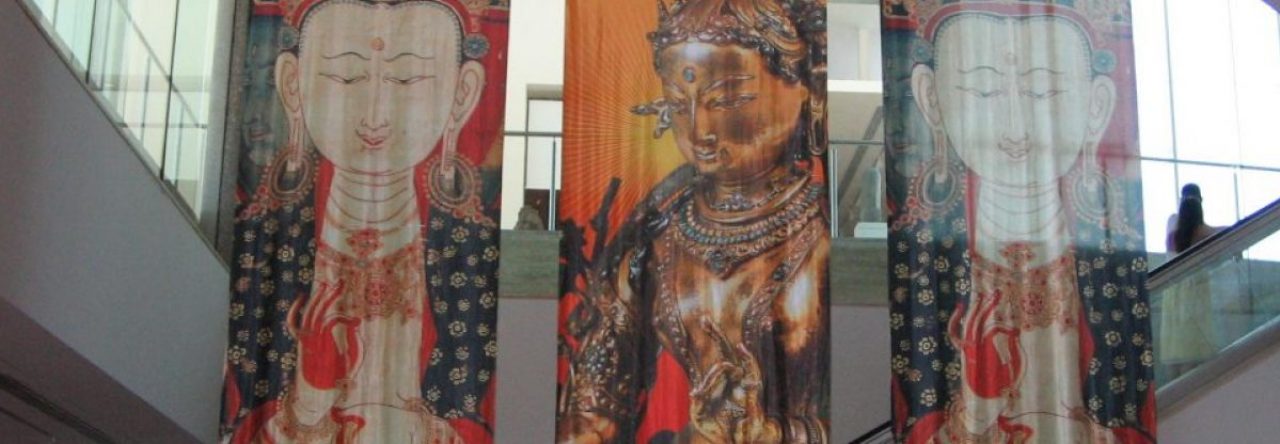I am exploring the Kāyagatāsatisuttaṃ, or, Mindfulness of the Body Sutta. The opening passages encourage us to ‘let go’ of our hard-won sense of identity, ‘atta,’ and to not to be fixated on some egoistic result from our mindfulness/meditation/contemplation. This openness is usually expressed by the phrase ‘setting aside worldly concerns.’ It requires turning attention toward what is essential in our lives.
This way of freedom is to sincerely open to the ‘more’ that we don’t yet know, and to open to not knowing who or what the ‘I’ is, in us. This sutta is an invitation to really care a lot about being intimate with ‘what is.’ Anyway, let’s look at the next paragraph. It indicates that the contemplative life, the life of meditation, is about more than sitting on a zafu, a meditation cushion; more than sitting in an ashram, a temple, a safe haven; more than being good on Sundays.
“When moving about, when stationary, when sitting, or lying, or whatever way the body is, [the yogi] knows clearly what she’s doing.”
Literally speaking, the text reads that: “When moving [about], she knows: “I am moving.”‘ And, “When sitting, she knows: “I am sitting.”‘ This phrasing (which is rendered in Enlgish with speech marks) and similar phrasing in other suttas, (such as the ‘Four Establishments of Mindfulness Sutta’) has been taken by some traditions as the scriptural basis of the mindfulness practice of ‘labelling.’ It can also mean, simply, that she is present in what she is doing, fully conscious of whatever she is doing, whenever.
Then the text goes on to say that this is done in the same spirit of wakefulness expressed hitherto:
“As she dwells thus, ardent, diligent and committed, her thoughts about household life [mundane life] are abandoned and hence the mind becomes inwardly steadied, quieted, unified and collected. In this way a practitioner develops mindfulness of the body.”
How are we householders to understand this abandonment? Certainly, this is not an invitation to not take care of outward responsibilities. I suggest that it’s best approached by understanding that we are invited to abandon our selfishness, our narcissism – nothing in our householder’s life is worth clinging to as ‘me’ or ‘mine.’ There’s nothing – not the ‘me,’ the ‘mine,’ nor the relationship between them – that is not dependently arisen. This is to be realised right in the midst of our relational life.
So, let’s put these together:
“When moving about, when stationary, when sitting, or lying, or whatever way the body is, [the yogi] knows clearly what she’s doing. As she dwells thus, ardent, diligent and committed, her thoughts about mundane concerns are abandoned and hence the mind becomes inwardly steadied, quieted, unified and collected. In this way a practitioner develops mindfulness of the body.”
The attachment to ‘I’ and ‘mine,’ the division which constellates our preoccupation with narcissistic concerns, drops away. Such freedom is realised with mindfulness of the body. Isn’t it: “Amazing! Wonderful! Marvellous! What the Blessed One says about mindfulness of the body is amazing.”
